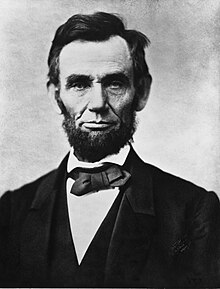Facial hair

Facial hair is a secondary sex characteristic in human males. Most men develop facial hair in the later years of puberty, approximately between 15-18 years old. Many women also have some facial hair, especially after menopause, though typically much less than men. Eyebrows and eyelashes are also grown by both sexes of all ages.
Male pogonotrophy (the growing of facial hair; beardedness) is often culturally associated with wisdom and virility. Many men style their facial hair into beards, moustaches, goatees or sideburns. However, many others completely shave their facial hair. A man's facial hair, especially short hairs that were missed in shaving, is often referred to as whiskers, although only certain nonhuman mammals have true sensory whiskers.
Women typically have little hair on their faces, apart from eyebrows and the fine fuzz nearly all people have covering most of their bodies. However, a few women have noticeable facial hair growth. Excessive hairiness (especially facially) is known as hirsutism, and is usually an indication of abnormal hormonal variation. In contemporary western culture, almost all women shave, tweeze or otherwise depilate facial hair which does appear, as there is considerable social stigma associated with facial hair in women. Freak shows and circuses once displayed (usually fake) bearded women.

The amount of facial hair on a man's face varies from individual to individual, and also between ethnic groups. For example, men from many East Asian, West African or American Indians backgrounds typically have much less facial hair than those of European, Middle Eastern or South Asian descent, with American Indians typically having little to none at all.
Topics about facial hair
- Men and facial hair: moustaches, beards, goatees, sideburns, royale and the lack of facial hair: clean-shaven
- Women and facial hair: depilation and bearded women
- Shaving: the Romans and Greeks
- Straight or cut-throat razors and safety razors, electric razors
- List of types of facial hair
See also
External links
- Facial hair at Curlie
- World Beard Championships
- Asian Hair This site discusses differences in Asian hair.
- Beard Board Beard Board is a place to discuss freely about facial hair of any aspect.
- Tips On Removing Facial Hair
